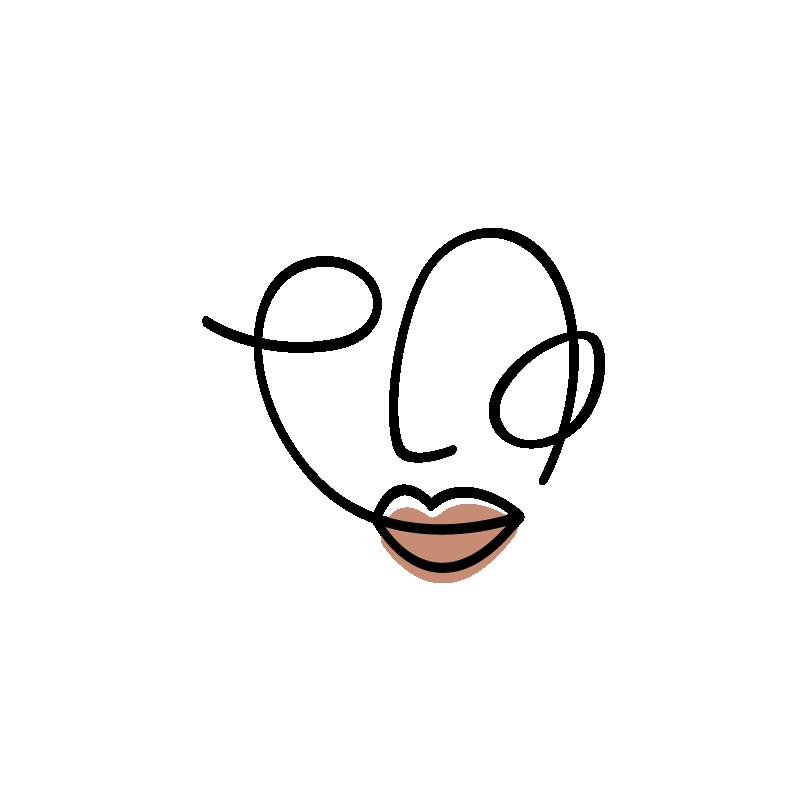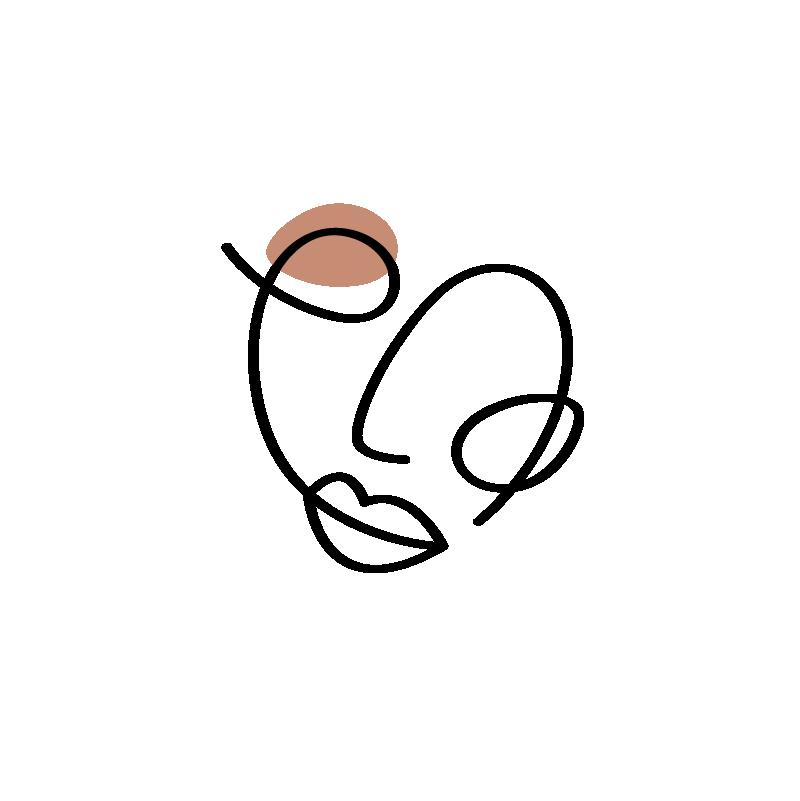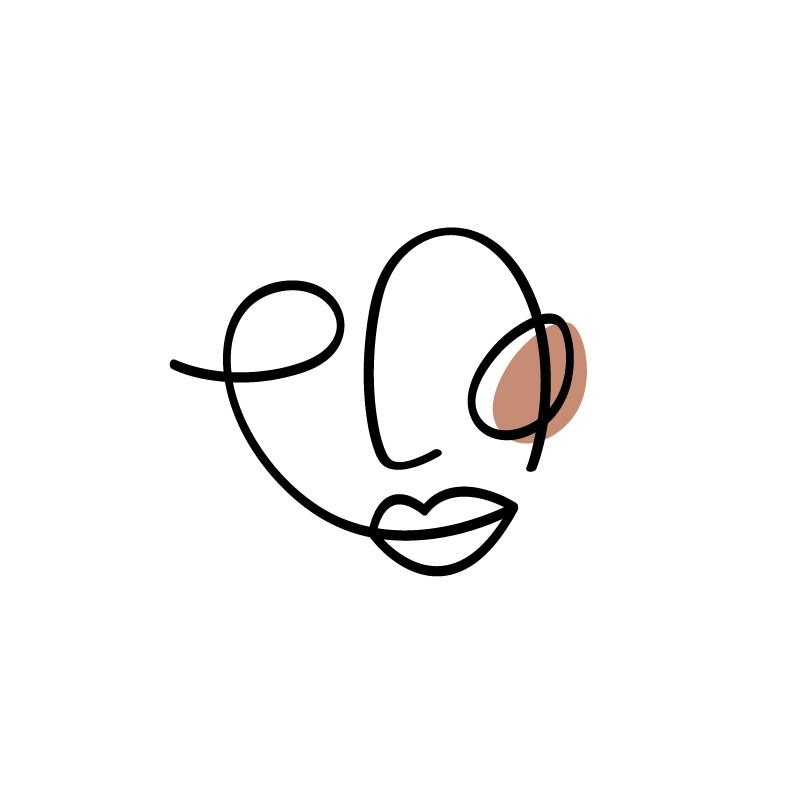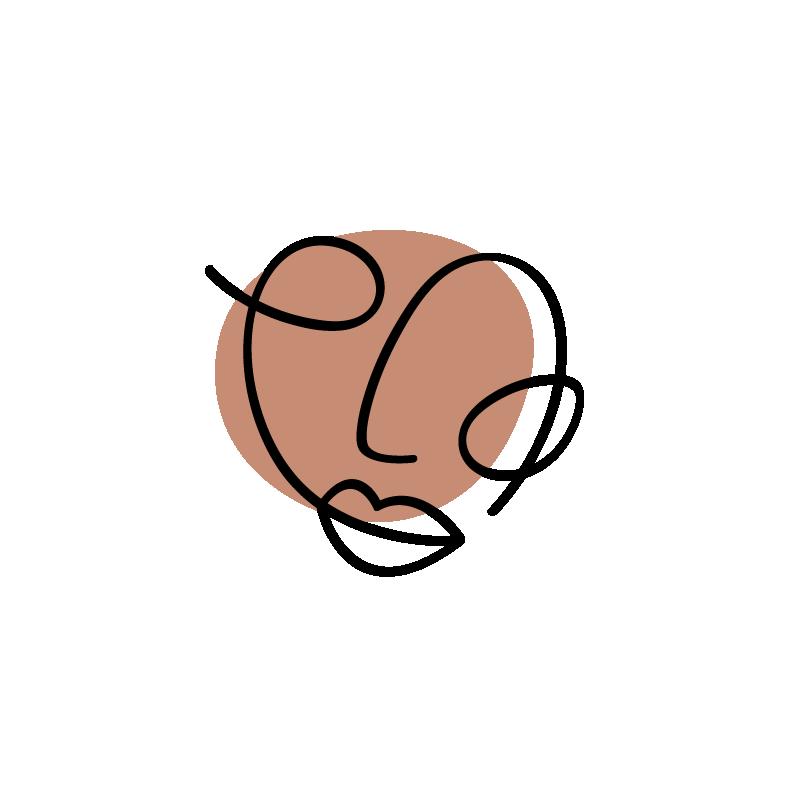How to Choose the Perfect Blush for Your Skin Type: The Ultimate Guide to the Ideal Flush
Blush isn't quite as simple as a swift brush of color on the cheeks, but it's one of the most revolutionary moves in a makeup look. With the proper color and application, blush can bring your face to life, heighten your bone structure, and give your skin that healthy, dewy glow. But just as with foundation or lipstick, not all blush is appropriate for every individual. Your undertone and skin tone have a big impact on what blush shades will best complement your natural beauty and which may fail or appear too harsh. The right blush isn't about keeping up with trends—it's about discovering what will work best for you.
Blush must deepen and enhance the natural flush that rises to your cheeks when you are flushed, excited, or just in from the chill. But since every person's natural flush is unique, the best blush won't be for all. What might look like a light rosy flush on a pale-skinned person might not even show up at all on deeper skin. On the other hand, bright colors that look stunning on dark skin might look overwhelming on very light skin tones. That is why knowing your skin tone and undertone is step one in finding your best match.
Skin tone refers to the color of your skin on the surface—fair, light, medium, olive, tan, or deep. Undertone, on the other hand, refers to the soft coloring under your skin that won't change, even when you tan. Nearly everyone has one of three undertones: cool, warm, or neutral. Cool undertones have flecks of pink, red, or blue; warm undertones yellow, golden, or peachy; and neutral undertones a combination of the two. One of the simplest methods for figuring out your undertone is by looking at the veins on the back of your wrist. If they are blue or purple, you likely have cool undertones. If they are green, then you are likely warm-toned. If you see both or can't make up your mind, you are likely neutral.
Now that you know your skin tone and undertone, it's easy to choose the perfect blush. Softer blushes seem the most natural on fair complexion. Light peaches, gentle roses, and pale pinks resemble the way your skin naturally blushes. Use a cool mauve or baby pink tint that goes well with your fair skin tone if you have a cool undertone. Use a peachy blush hue that adds warmth without overwhelming your complexion if you have a warm undertone. Those with neutral undertones can typically get away with both and look great in soft coral hues with pink and peach undertones.

Light to medium skin tones have some leeway. These kinds of complexions can handle more color but need to look natural. Bright pink, coral, muted berry, and pale terracotta are good options, depending on your undertone. Cool undertones will benefit from pinks and berries that don’t look too warm, while warm undertones will glow in apricot and coral shades. Our blush, Magnolia would be perfect for those with cool undertones while Dépakote Abricot is a better fit for warm undertones. Those with medium skin and neutral undertones can embrace a wide range, from dusty rose to cinnamon tones, depending on the look you’re going for.
Olive skin tones, which often have a greenish or golden cast, require blushes that won’t clash with their natural hue. Warm peach, burnt coral, and warm rose hues typically suit olive skin by giving them a warmer and more golden look. Cold colors may at times tend to look ash or gray on olive skin and hence it is best to opt for warm or neutral-biased colors. Earthy pink or copper-colored cream blushes can blend well and provide that sun-kissed look on olive skin without overpowering its undertones.
Pigment is the key when it comes to deeper skin tones. Light, sheer blushes are not easily seen, so more heavily pigmented blush is necessary. Bright hues like berry, fuchsia, tangerine-deep, and brick red look stunning on deep skin tones. These shades bring out the natural depth of the skin and add depth.If your undertones are cool, bright berry or wine blushes like Cherry Blossom will look lovely. For warm undertones, go for orange-based reds, burnt orange, or even a rich coral.(add in Dépakote Abricot) And if you’re neutral-toned, feel free to experiment with both bold berries and warm cinnamons to see what lights up your face the most.
The texture of the blush is another factor that matters just as much as the color. Powder blushes tend to perform well on oily skin types because they soak up excess oil, but they will look chalky on dry skin or settle in fine lines. Cream and liquid blushes are generally okay on dry skin or mature skin because they moisturize, blend easily, and impart the cheeks with a dewy, natural-looking appearance. These formulas are also highly forgiving and can be applied with fingers, a brush, or a sponge. Gel blushes are also great for a sheer buildable finish and can be used on most types of skin.
Application technique plays a huge role in how your blush looks when it is on your face. Where you place the color can lift your face or make your face look flat. For a bright, young appearance, sweep blush across the apples of your cheeks and blend out. For a defined, editorial kind of look, sweep your blush up the length of your cheekbones to the temples. This is sometimes called "blush draping," and it creates a natural-looking contour without needing bronzer. If you’re aiming for a sun-kissed look, lightly dust or dab blush across the bridge of your nose as well as your cheeks. This technique mimics the effect of natural sunlight and gives the skin a warm, healthy appearance.
Another helpful trick is to layer blush. If you like a color that lasts, try layering a cream blush underneath a powder blush in the same color. The cream gives the base and gives your cheeks an inner glow finish, and the powder you layer on top seals the deal and gives long wear. Just blend well between layers so you don't get patchiness.
Don't forget about lighting. Always check your blush in natural light whenever you can. Indoor lighting can make blush appear differently on skin. What's great-proportioned in the bathroom mirror can appear too brassy or too weak in sunlight. Taking a minute to get near a window or turn on a mirror with natural light settings can avoid blush disasters.
Lastly, do not be afraid to experiment. While skin tone and undertone are good indicators, makeup is an art form about expression. You might find that a shade you never thought would work on you becomes your favorite. Experimenting with different blushes, finishes, and techniques can help figure out what actually flatters you and makes you feel beautiful.
Blush is a little thing, but what a difference it makes. When you find that perfect color and apply it with intention, it will completely transform your face—bringing warmth, color, and vitality. Whether you love a barely-there flush or a full-on, dramatic cheek, understanding what your skin requires and selecting shades that complement your natural virtues is the secret to learning your best blush routine.




